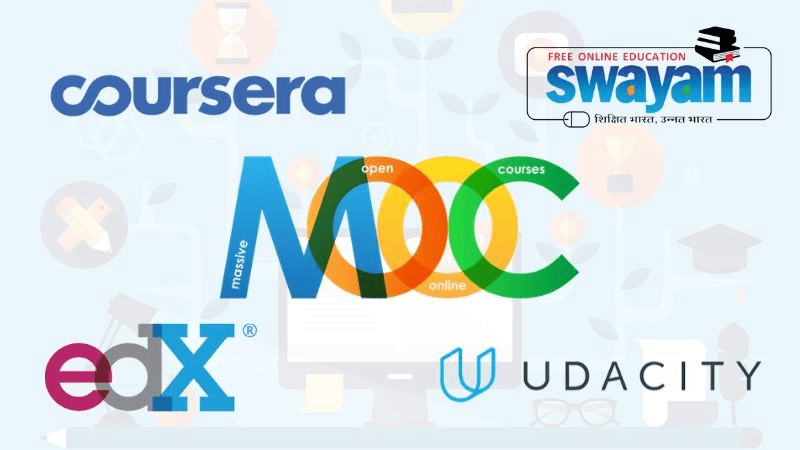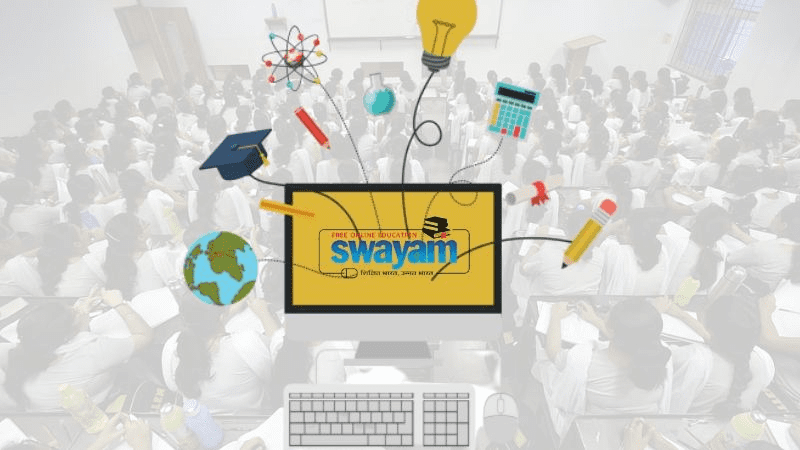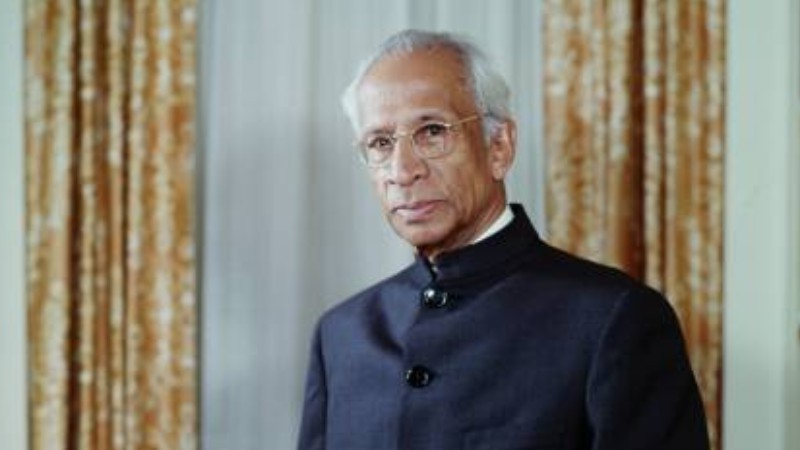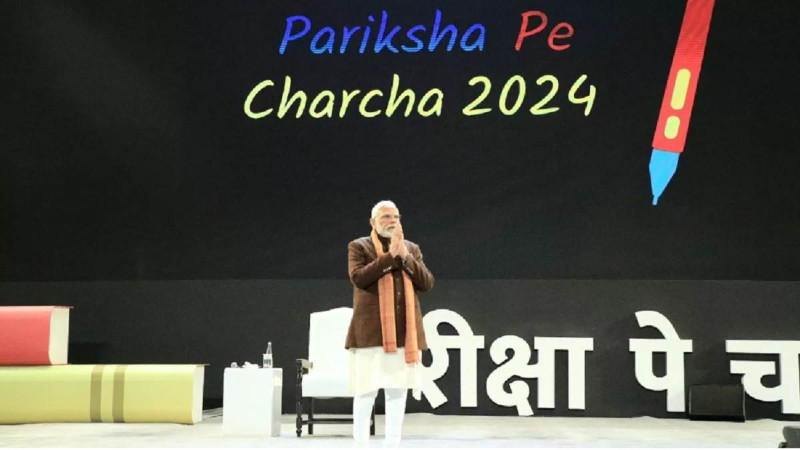In an article published On Kartavya Sadhana (22 June 2020), Snehlata Jadhav expressed her opinion on 'Online Education, Difficulties and Limitations'. In response to that article, the present article takes a brief look at the nature of online education, its benefits, and the use of online technology around the world.
With the advent of time, there is an exponential increase in the number of qualified teaching professionals in the academic market. Consequently, as per the market rule, the price for teaching is dropping down with the same rate but with an unreasonable increase in the cost of education.
It need not be proved that Private (‘Commercial’ can be a better term in a recent scenario) teaching institutions in our country outnumber the government-funded educational institutions. The private teaching institutions are always in fundraising issues to cope with the salaries of teaching staff and raising the infrastructure to attract new enthusiastic students. All the enthusiasm of students turns into an anticlimax when he comes to know the qualification of teachers in that organization (like, I was personally taught by a non-experienced, Clock Hour Basis teachers, perusing their doctoral studies).
Most of the Institutions even lack basic infrastructure needed for the courses. Considering the commercial aspect in expenses over teaching, it always favours hiring contract-based teachers rather than a full-time employee for cost-cutting in the budget. But that compromises the quality of education to a greater extent. This phenomenon is sadly also implemented in government institutes due to lack of permanent recruited staff. This refrains the high esteemed and better-suited candidates from following teaching profession and are diluted out in some other streams.
The qualification based screening overpower aptitude based screening and drops out teachers with good teaching skills. Hence, educational institutions are like Television channel packages, wherein you are forced a few undesirable channels with the one you desire.
The present world has a consortium of exponentially growing knowledge, updating daily. The UGC regulations for teachers’ development updates periodically but that doesn’t imprint as an output in extravagant students (statistically, there is an insignificant number of successful students and this need not be proved).
There are certain limitations in Person to Person teaching from students’ perspective, like time constraints, availability of teacher, communication gap, gender and age difference, lack of confidence in students to approach the teacher, etc.
There are also some less highlighted issues from teachers perspective like lack of time in academic chores, arrogance, inability to teach, incompetence in understanding student, lack of knowledge, lack of aptitude to upgrade with growing technology, undermining students, etc. Undisputably, seems bitter, but these issues are facts. Arguably, a student can only be as good as the teacher. Our country needs a Guide-Student relation than the rote academic lineup.
The present scenario is a very good platform for many teaching enthusiasts to prove their potential. But online training and education have a bright and darker side, which certainly would solely depend on how the beneficiary pursues it.
It provides a very good space to learn in our leisure time. Every student can have a faceless communication, a modest interaction, reduced bullying, indiscriminate knowledge exchange and a good source of vocational education that practically matters in the commercial world. The current educational chore restricts the student to move out of the institution, explore the areas of educational implementation, and merely stick to what teacher or parents impose.
The SWAYAM platform is presently an impotent platform for an entertaining education and is yet in its evolving stage, hence cant be considered as a flagship model in online training.
None the less, SWAYAM has yet maintained its integrity as a most reliable source of information compared to others. On the contrary, youtube has a bunch of training techniques, interactive animations, freedom to choose the guide, varied pedagogy which is more of infotainment than a rote academic study.
While considering an online teaching model, it needs to be researched what pleases the student while learning so that the entire concept of online teaching becomes a success. The authenticity of the information through online material other than government-approved sources is also a debatable issue.
On an online platform, your imagination is your limit. I was a Life-Science student, but I learnt to code, use statistical software, learn MS-office, citation managers, Adobe Photoshop, CorelDRAW, Outlook and also learn speaking English watching subtitles in online movies, which was no way obligatory to pass my Master’s Education. These things later proved to be immensely useful for my future. But the bottom line is that Online platforms provided me with this information and not my Educational institution.
A teacher will restrict your thinking to what he knows, but a guide can raise questions which a student can seek answers to. There are many factors in our academic curriculum that are needful but not included in the syllabus. Online education can suffice this gap.
Online educational platforms are not so successful because students don’t choose specific education but are forced by socio-economic pressures. Hence they stay reluctant to study and rely more on merely passing the academic course.
My Doctoral institute showed me different horizons of educational streams and I came to know that even being a potter, a glass artist, sculptor or the wood artist has Doctoral level education and are equally paid when approached through a right channel. The student needs to know his area of interest and show extravagant effort to follow the path. Online media provides you the needed guidance and direction.
Online training platform can never be a complete model of mainstream or vocational training, as a practical education is also equally important. A hybrid of online courses with the mainstream academic curriculum is what implemented in developed countries. Or else mere online education refrains the student from passive social learning, public talking ability and also learning to face anti-social incidences.
Choosing a course of the wrong teacher, choosing topics which the student isn’t interested in, choosing a non-interactive or non-assessing course cannot be a fruitful engagement and students tend to divert from education and involve in other non- educational entertainment.
Getting MOOC (Massive Open Online Course) into mainstream education and providing adequate internet is adopted worldwide and proven to be effective in developed countries, but not in third world nations. Hence, making this platform as open-source to every individual and providing opportunities to content creators can help HRDC expand their view towards revolutionizing the concept of MOOC.
- Dr. Abhijeet Survase
arsurvase@gmail.com
(Writer is an entrepreneur and currently working towards commercializing in agricultural microbiology and organic farming. He has a doctorate in Biotechnology from Queensland University, Australia)
Read Marathi Version of this article: बदलत्या काळात ऑनलाईन शिक्षणही गरजेचे...
Tags: Abhijeet Survase Online Education Online Platforms MOOC SWAYAM Load More Tags
































Add Comment